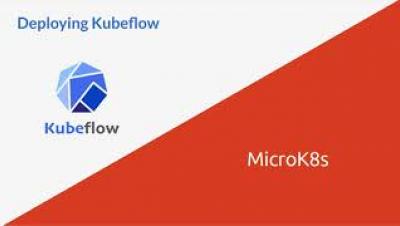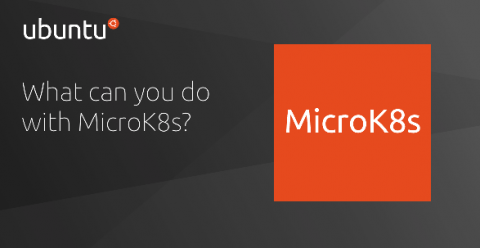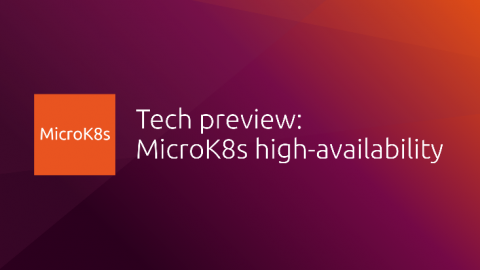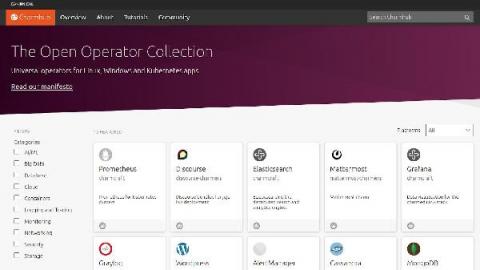Charmed OSM Release EIGHT available from Canonical
Canonical is proud to announce the general availability of OSM release EIGHT images in it’s Charmed OSM distribution. As of Release SEVEN, OSM is able to orchestrate containerised network functions (CNFs) leveraging Kubernetes as the underlying infrastructure for next-generation 5G services. Release EIGHT follows the same direction and brings new features that allow for the orchestration of a broader range of network functions and production environments.











